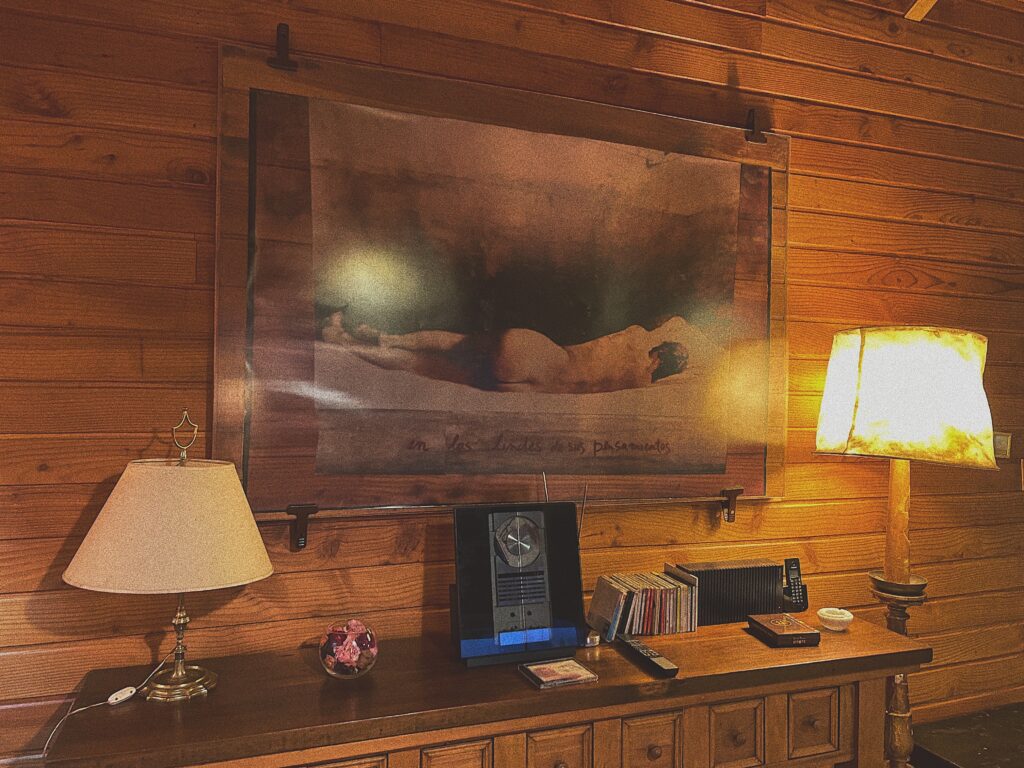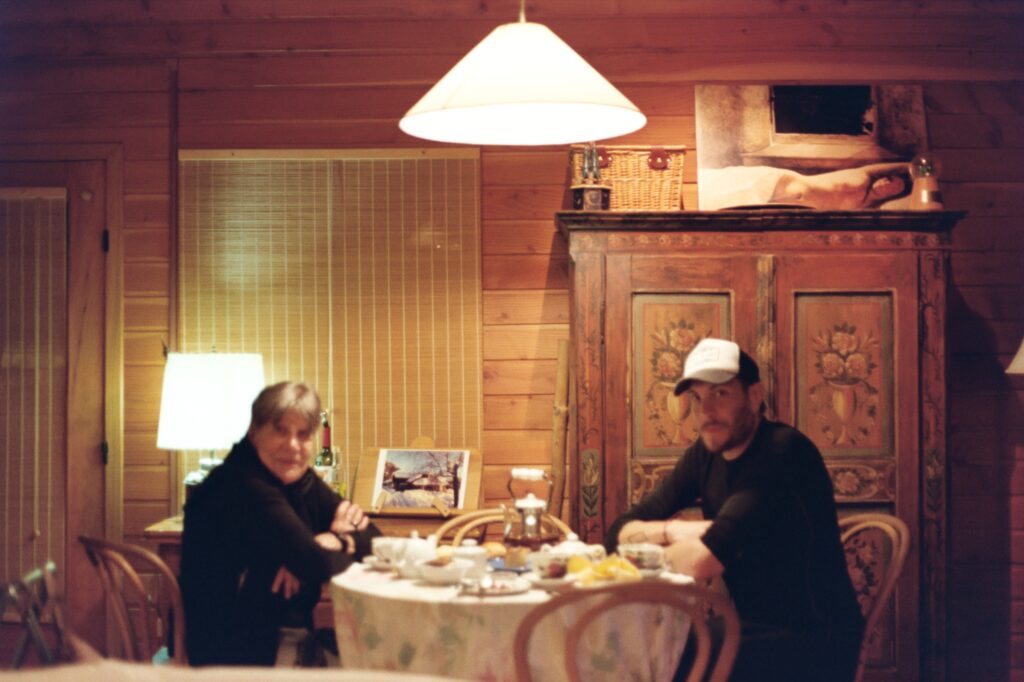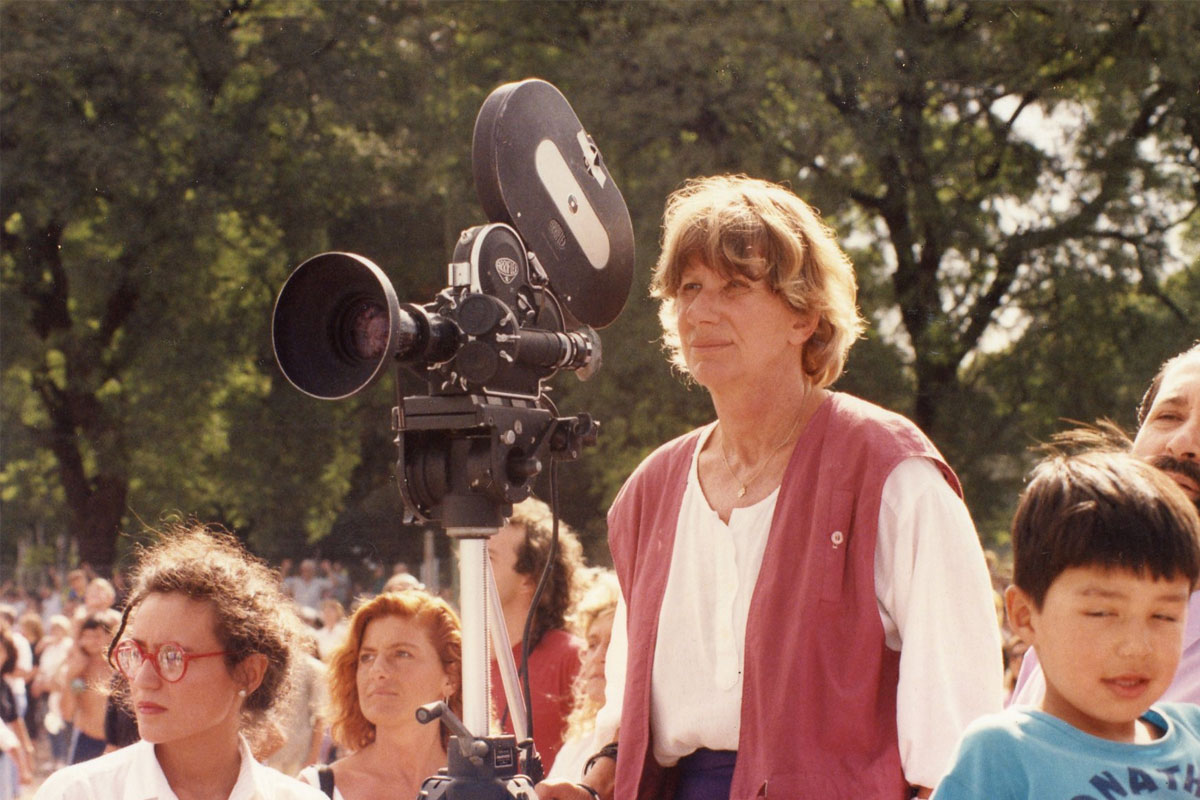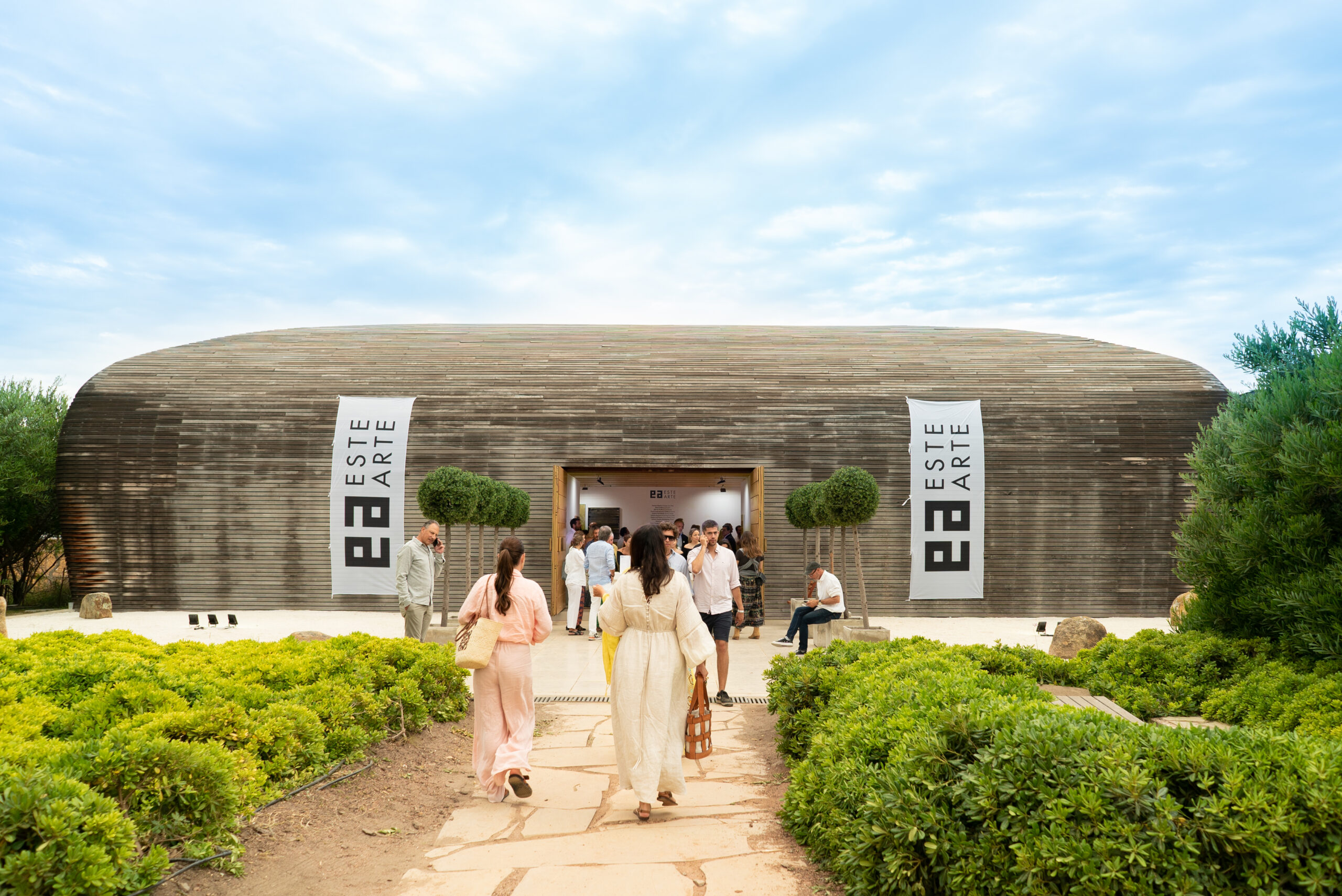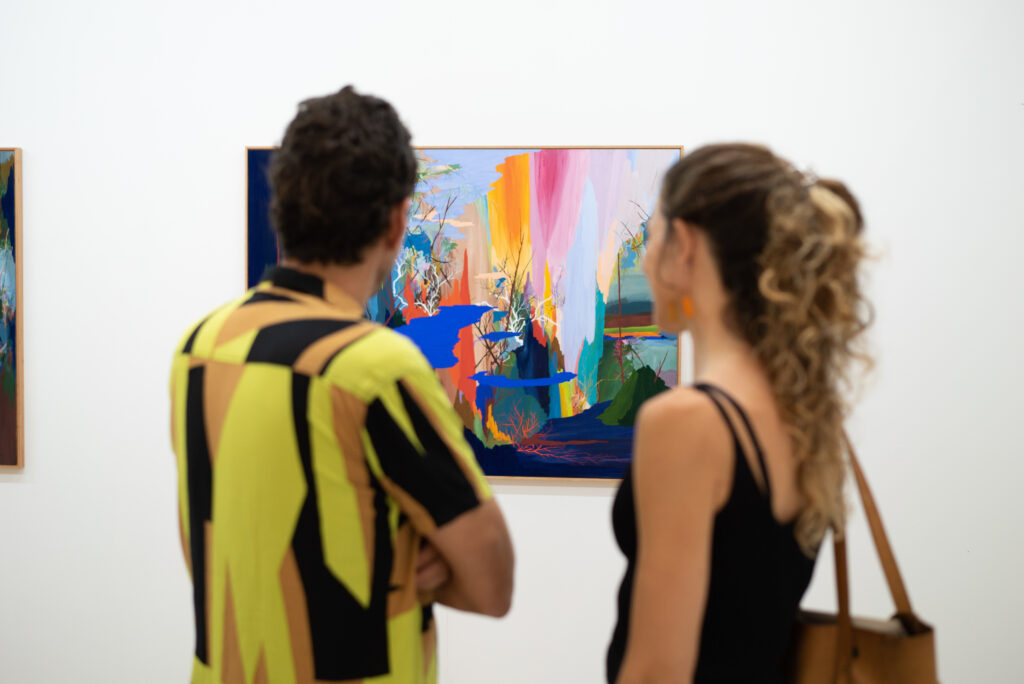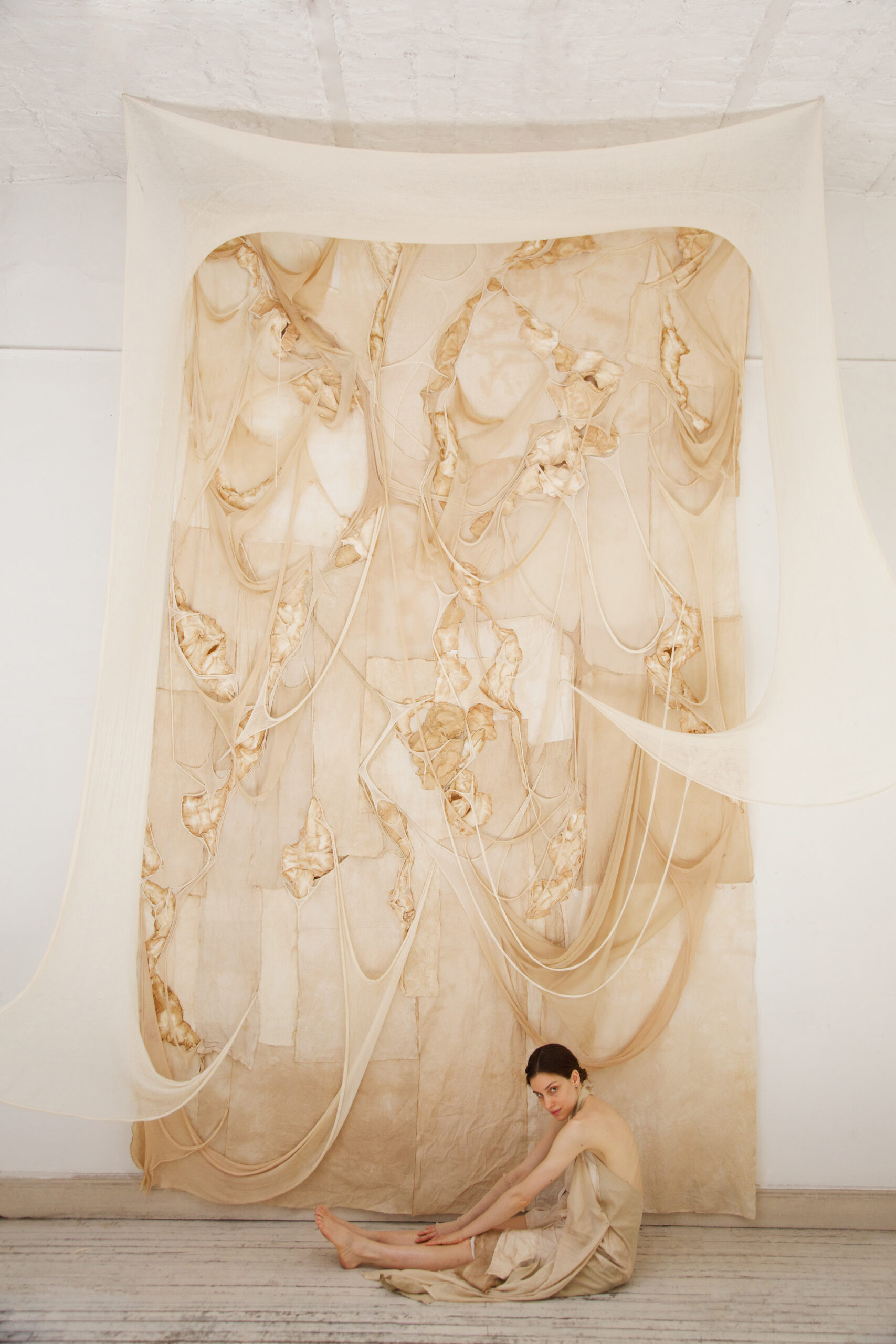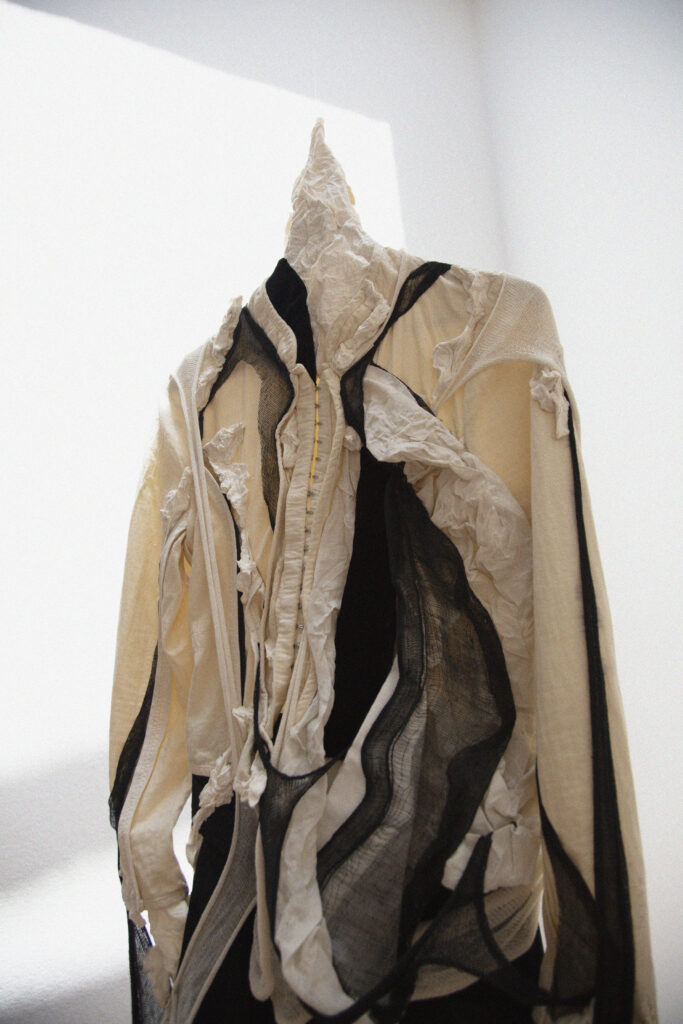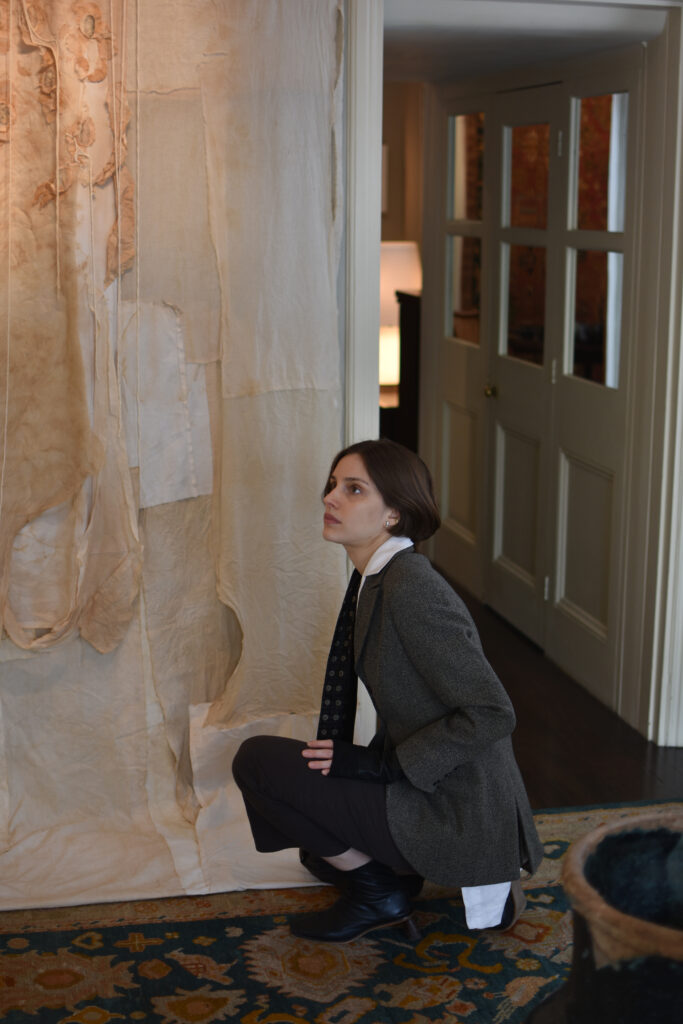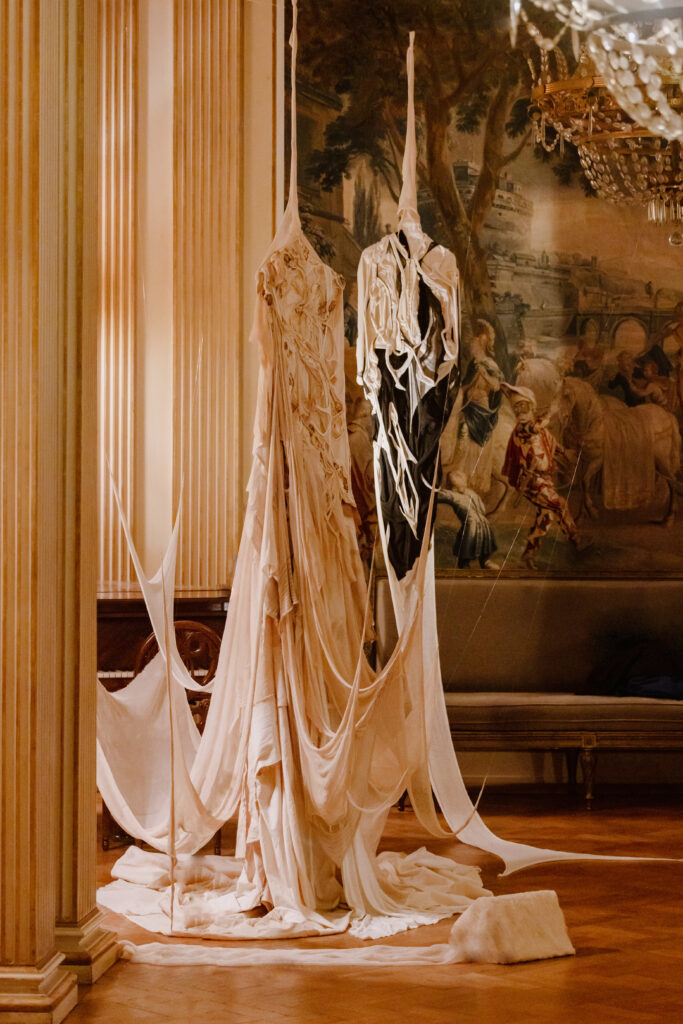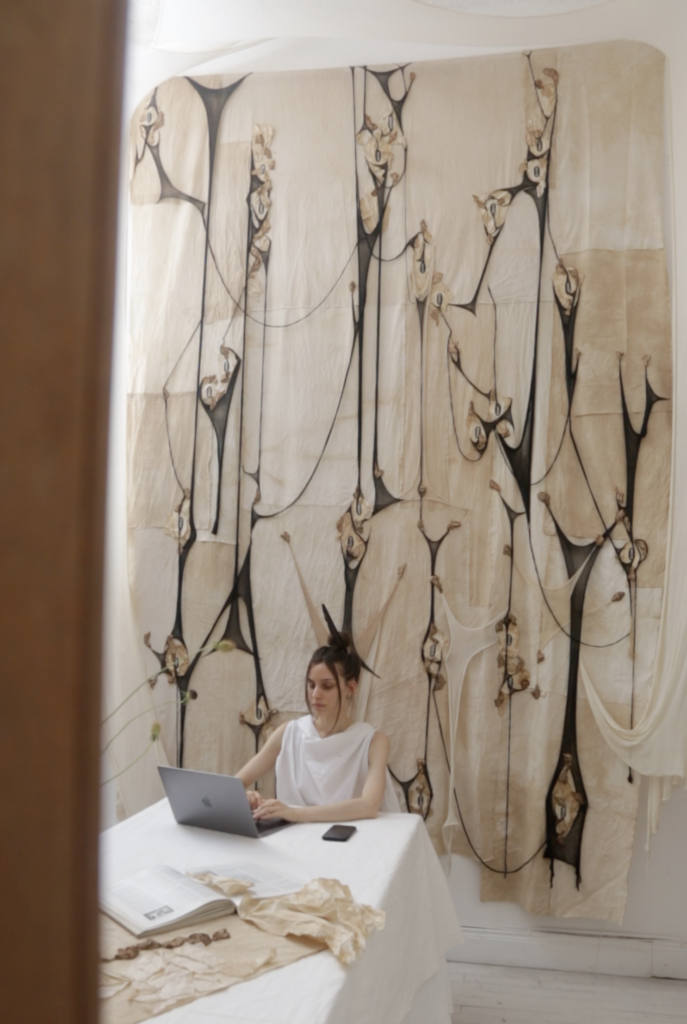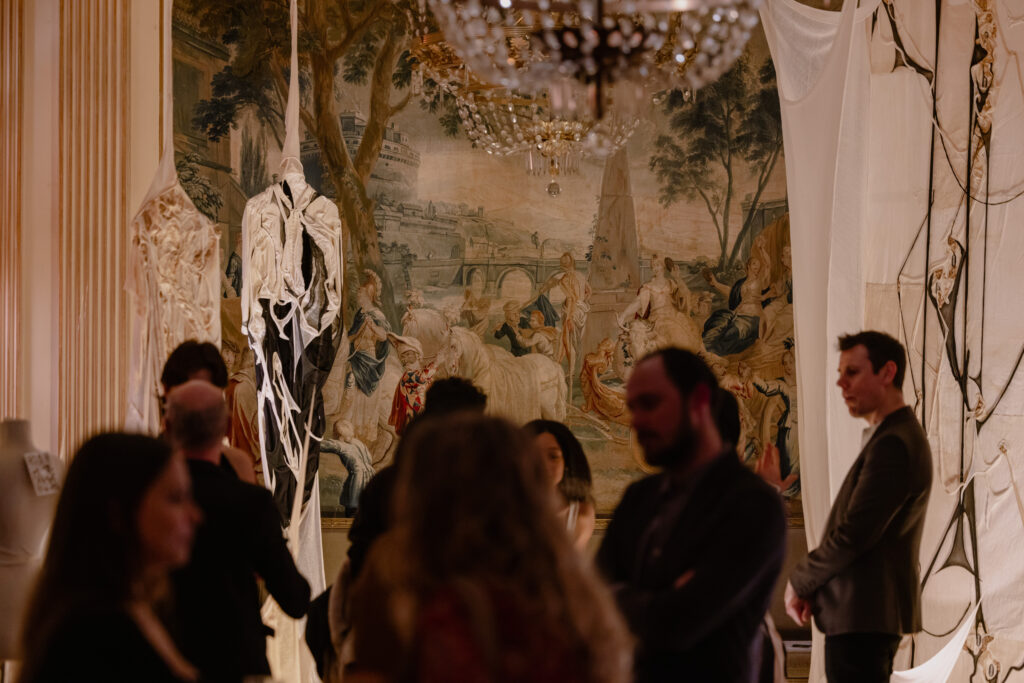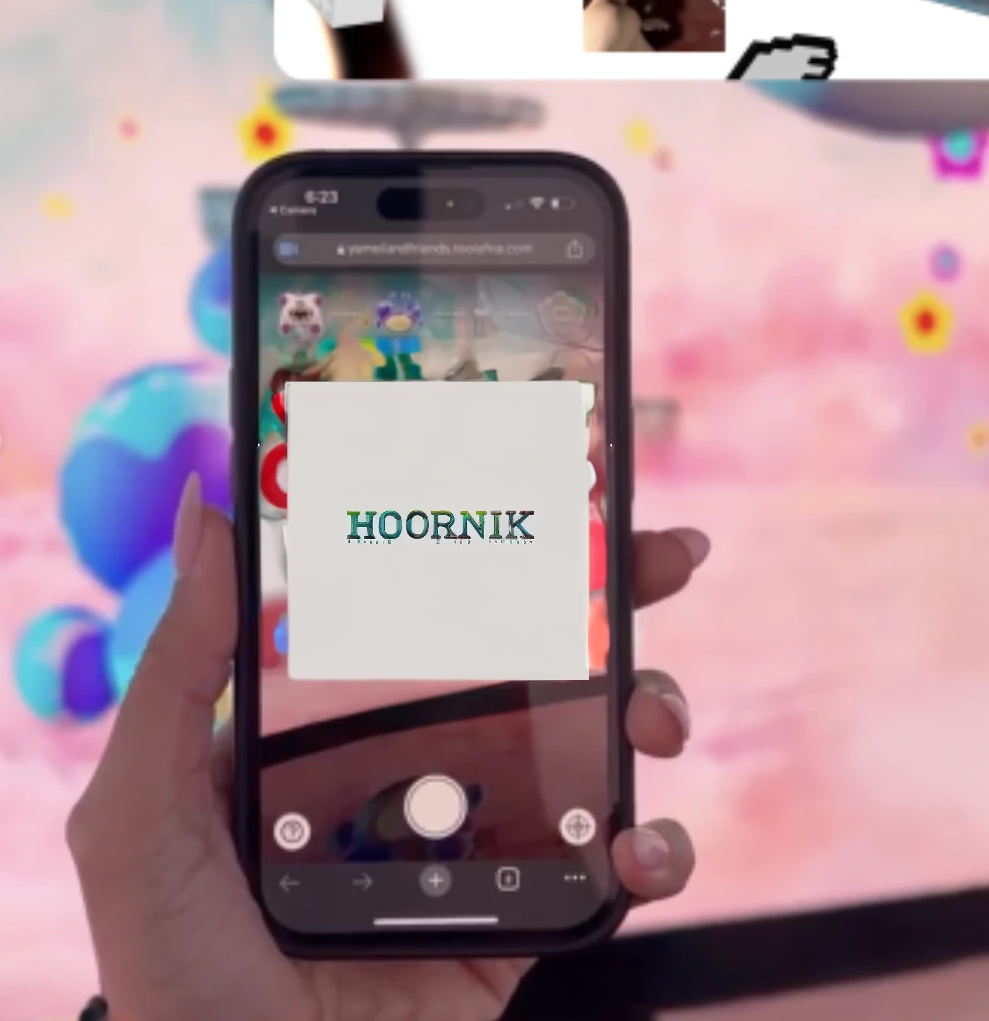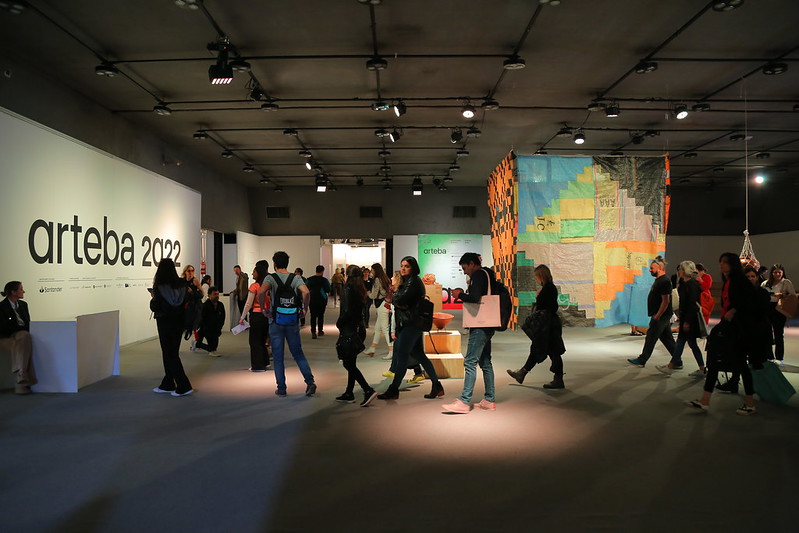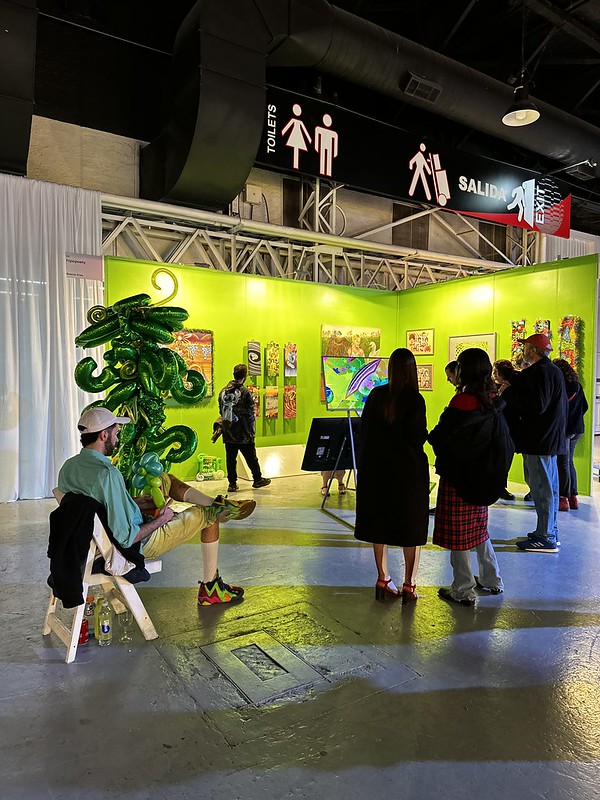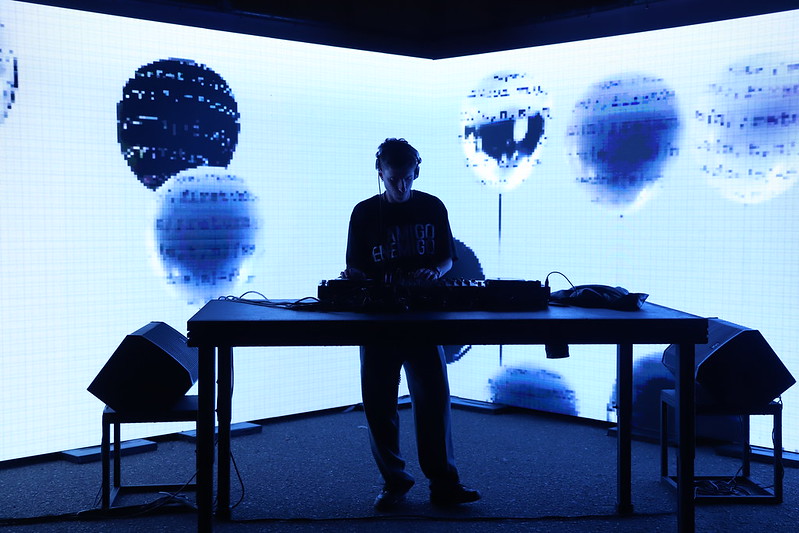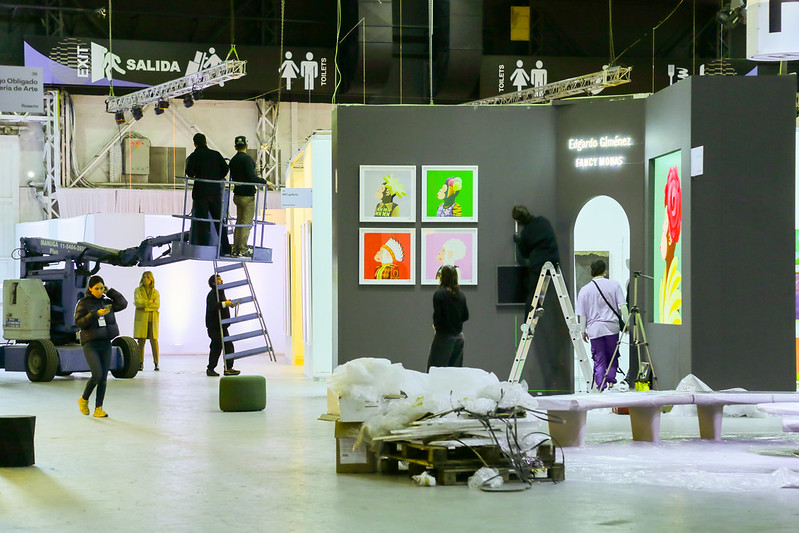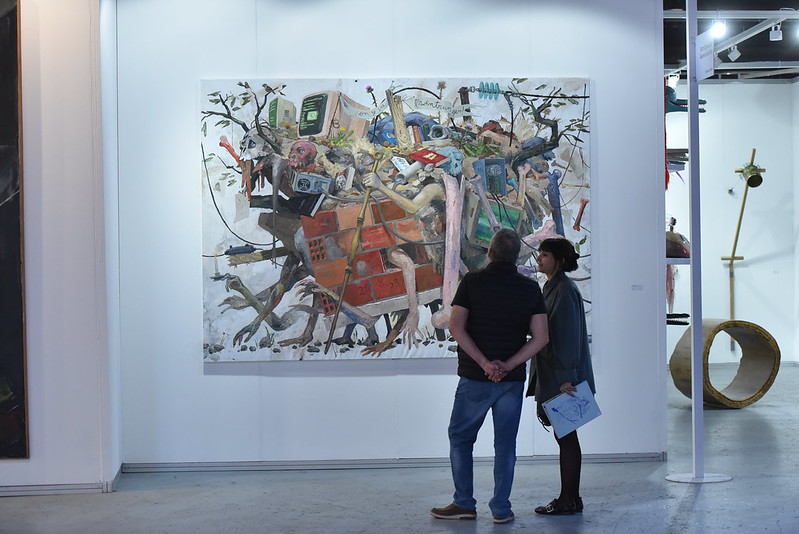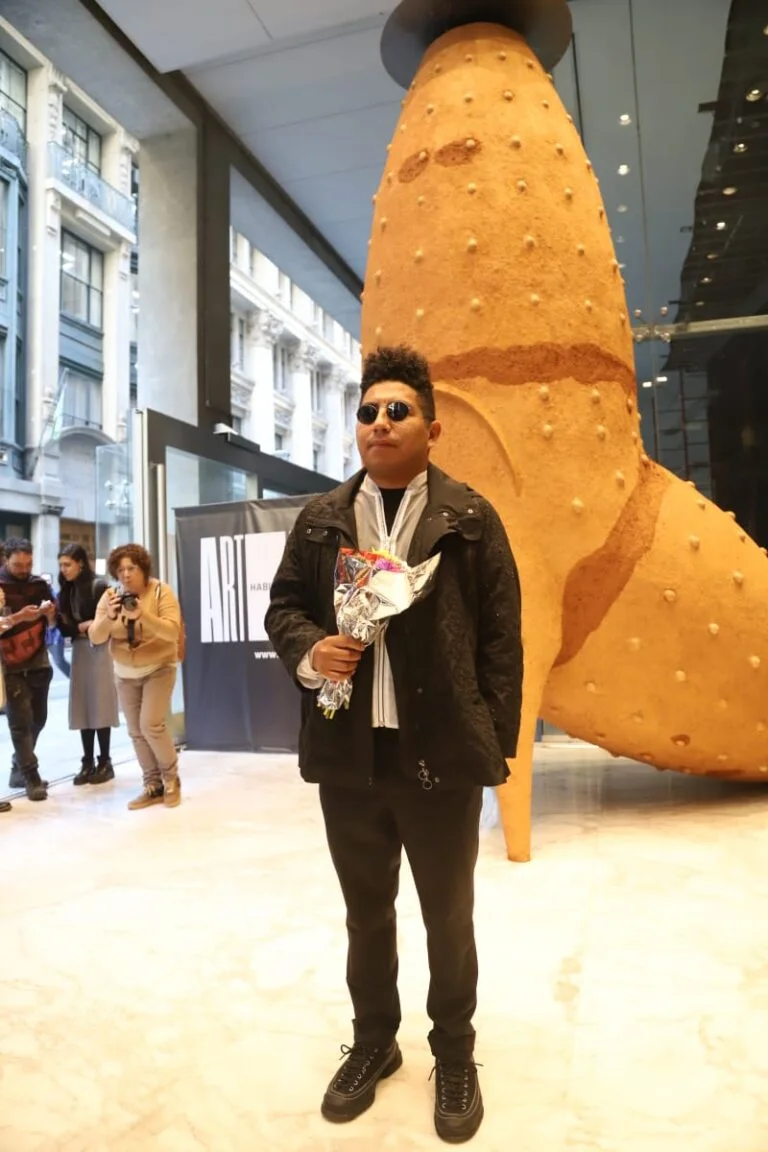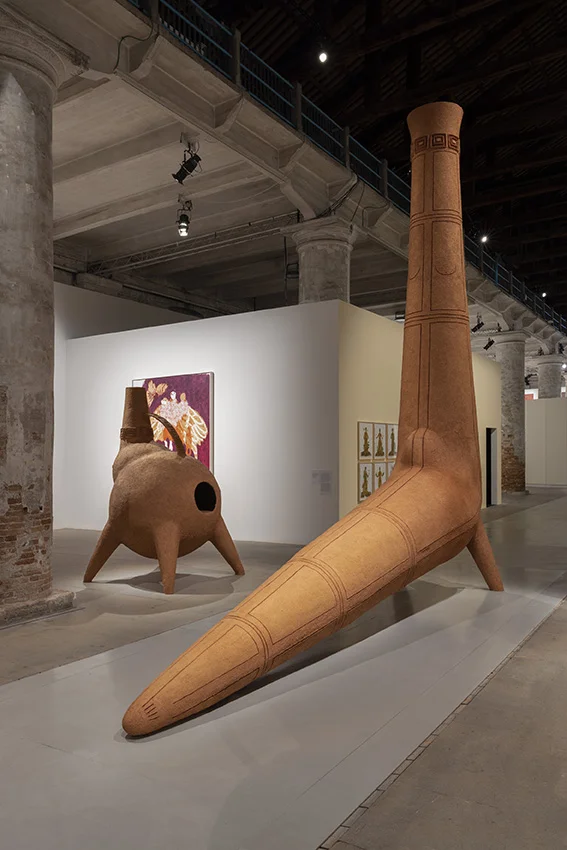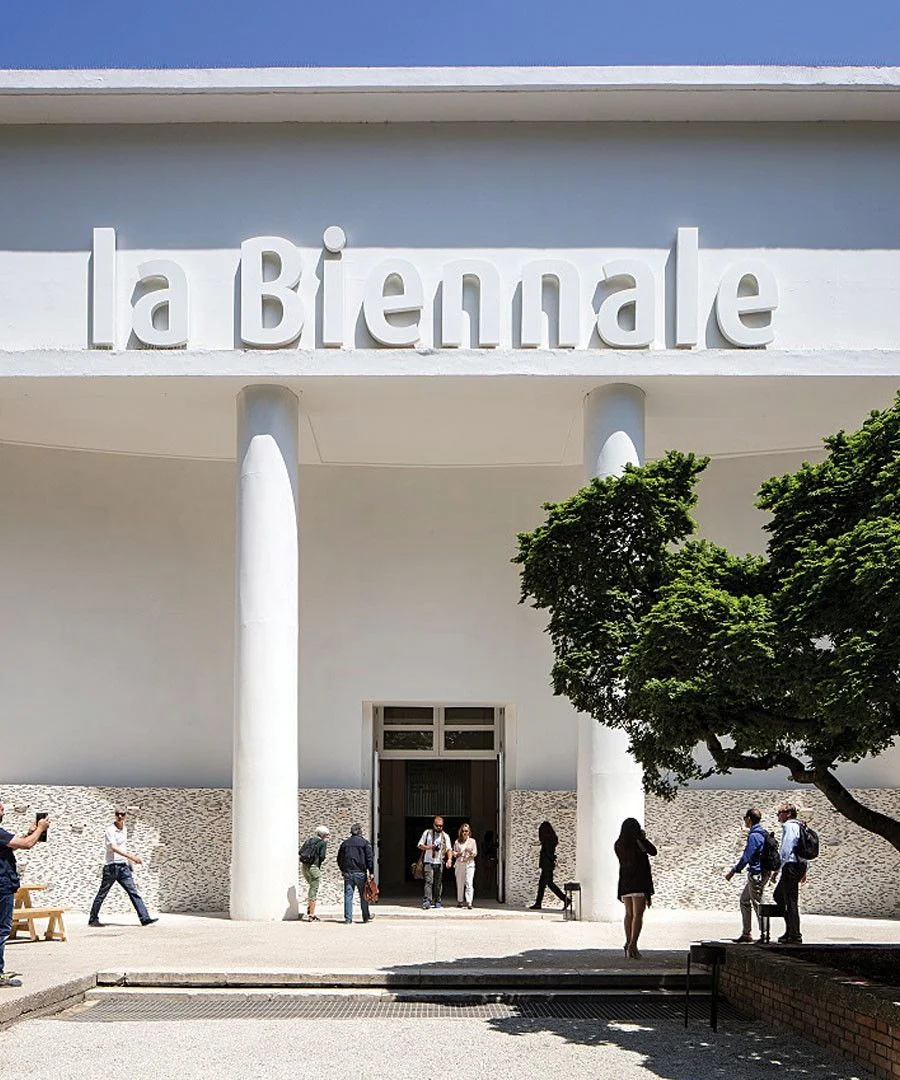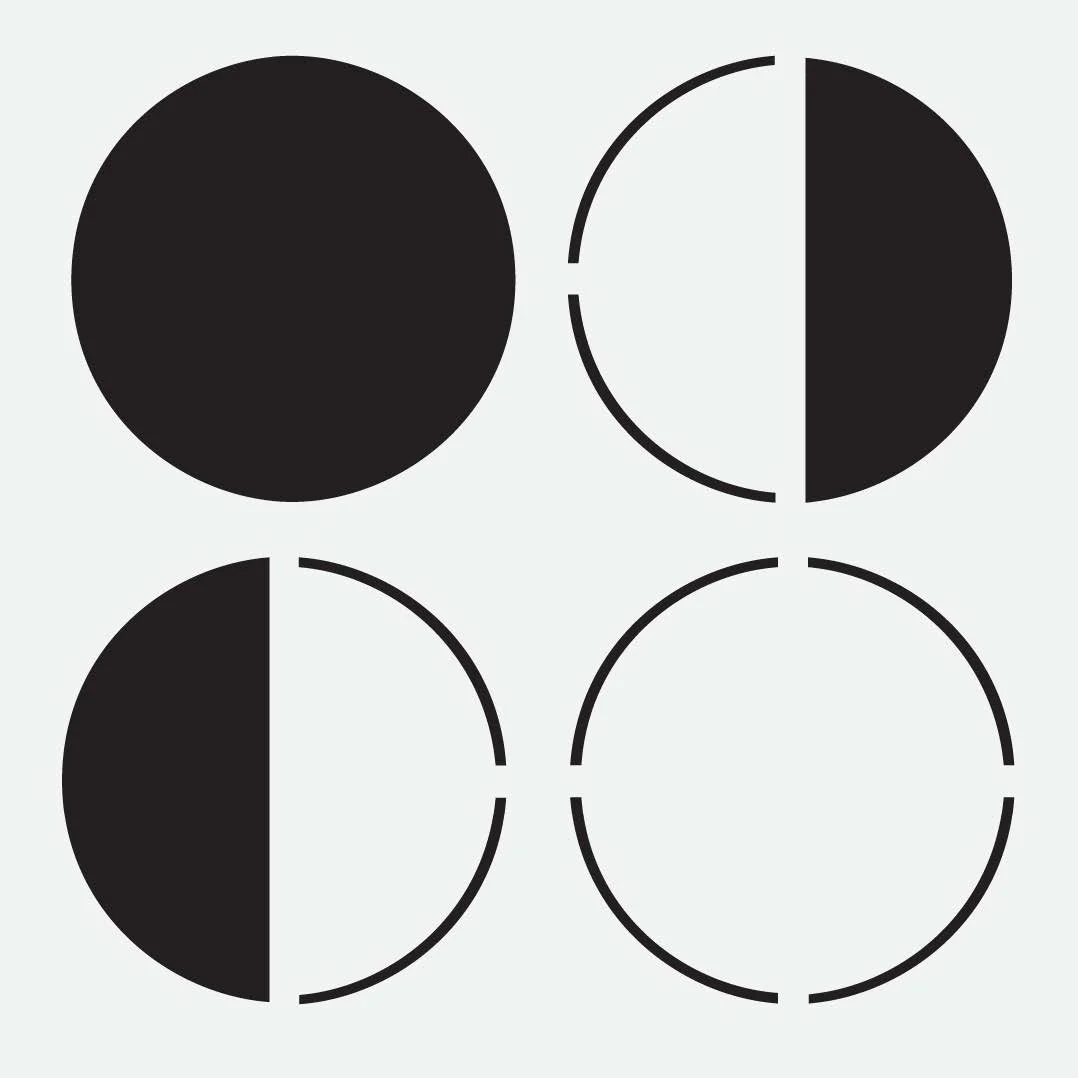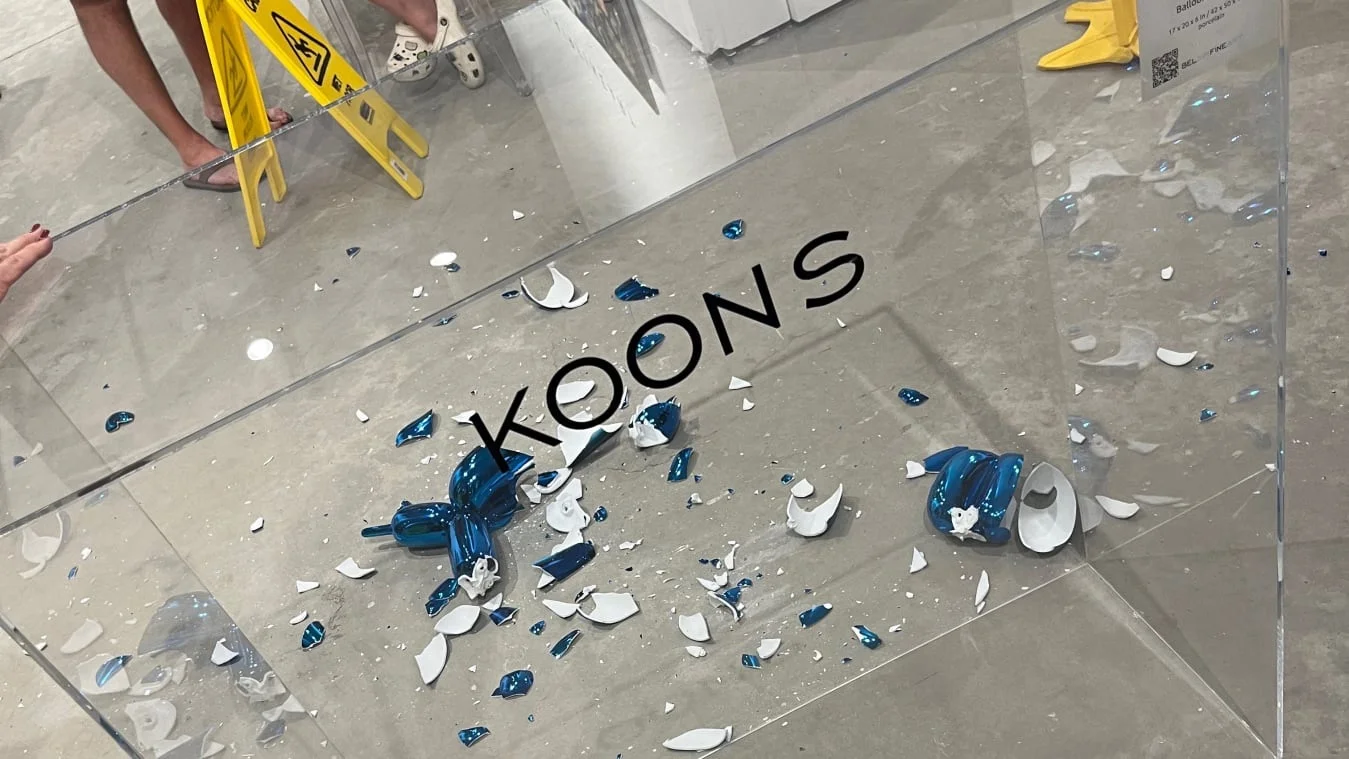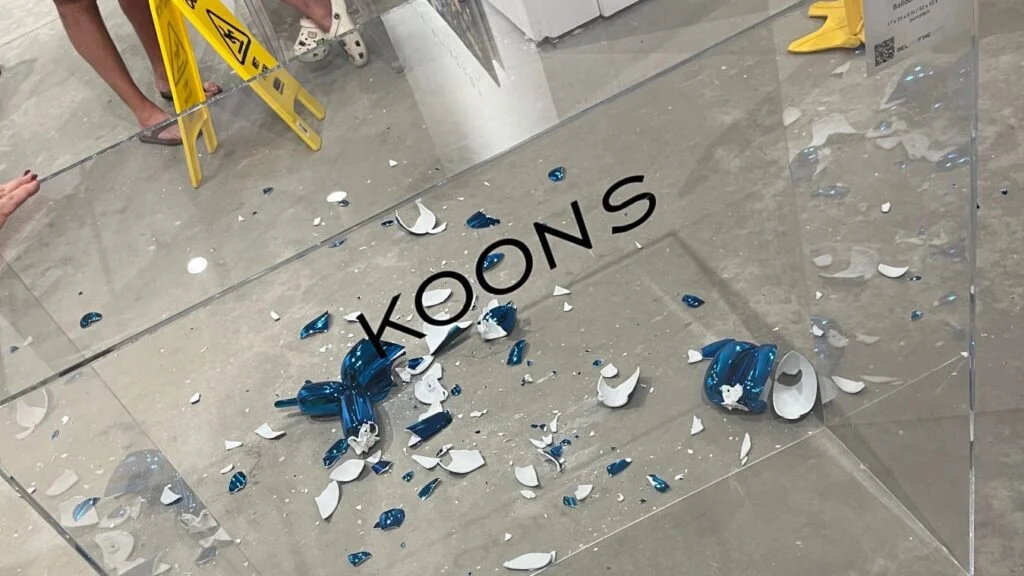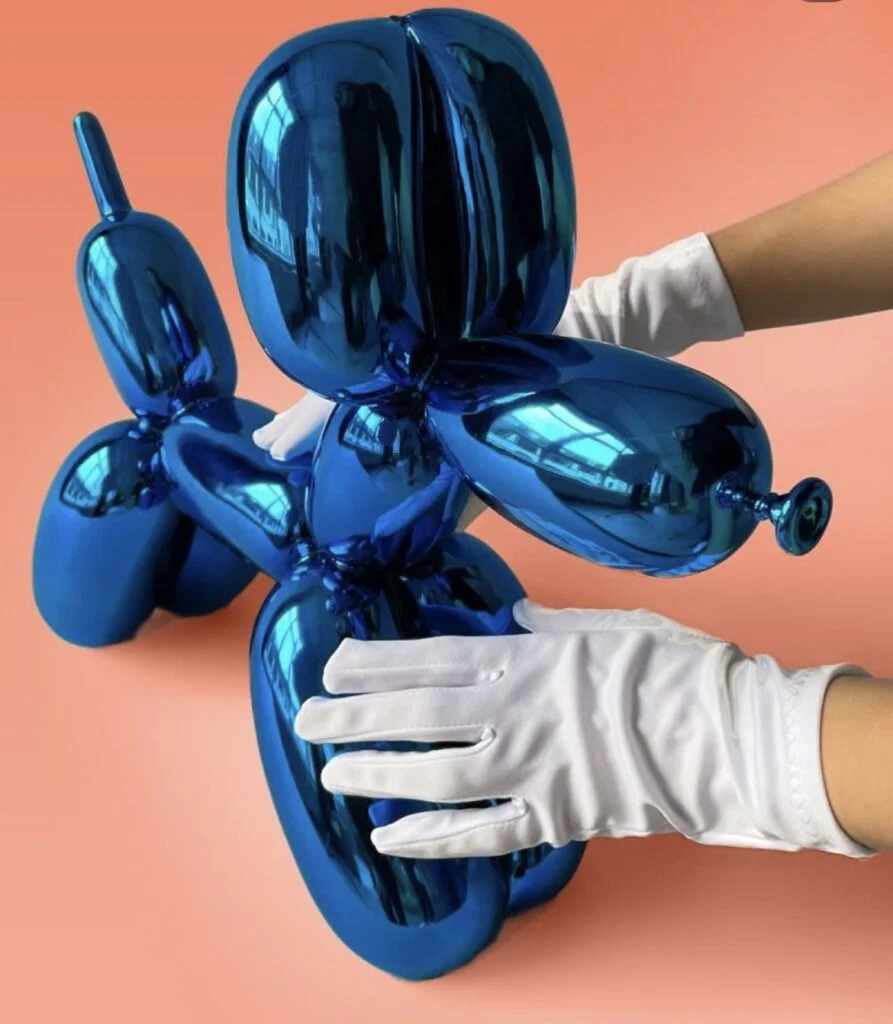Narcisa Hirsch
Narcisa Hirsch, a "Famous Unknown Filmmaker" as defined by herself, and quoted by MOMA Museum, was born in Berlin in 1928.
She was dedicated to Super 8 experimental performance art and cinema. She ended up living in Patagonia, Argentina, where she arrived in 1937. At MOMA, Narcisa’s work is described as politically subversive Happenings on street corners in Buenos Aires and New York during the 1960s and ’70s. She handed out apples and plastic toy babies to puzzled passersby, roamed throughout South America and the United States, capturing her travels in camera viewfinders, defied tidy distinctions of genre between the diaristic, the structuralist, the epistolary, and the mythological, and experimented with artists like Carolee Schneemann, Marie Louise Alemann, and Werner Nekes.
The story of how she ended up living in Patagonia in her nineties when the Pandemic emerged, starts with Linda Rautenstrauch, who was married to some cousin of her mother. Narcisa tells the story of her organizing the Camping Musical Bariloche in the 60’s.


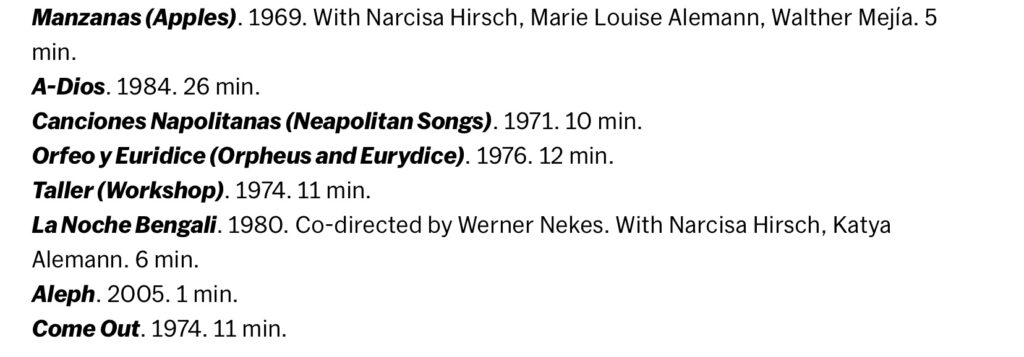
She was dedicated to Super 8 experimental performance art and cinema. She ended up living in Patagonia, Argentina, where she arrived in 1937. At MOMA, Narcisa’s work is described as politically subversive Happenings on street corners in Buenos Aires and New York during the 1960s and ’70s. She handed out apples and plastic toy babies to puzzled passersby, roamed throughout South America and the United States, capturing her travels in camera viewfinders, defied tidy distinctions of genre between the diaristic, the structuralist, the epistolary, and the mythological, and experimented with artists like Carolee Schneemann, Marie Louise Alemann, and Werner Nekes.
The story of how she ended up living in Patagonia in her nineties when the Pandemic emerged, starts with Linda Rautenstrauch, who was married to some cousin of her mother. Narcisa tells the story of her organizing the Camping Musical Bariloche in the 60’s.
NH: “One day we came to have tea at her house, they lived in what was the capricorn, she wanted to get rid of those neighbors, why don’t they buy the house next door that is for sale?”
In her narrative, the house was a pretty ugly cabin, they didn’t want to buy something fixed, so they bought that house they offered them, prefabricated:
“My husband and I offered the owner 10 out of 100. He left offended, he told us no. and a week later he came back and told us YES! We had bought it without wanting to and that’s where it started. At that time, there I was filming, I started painting, with cinema, so I don’t know if at that time, that was in 56, I was pregnant with my son Gugu, I don’t know if I was making cinema or not”.
CT: What were you thinking when all this was being filmed? It’s crazy that your works at some point represent something that fades away, it represents the present, what we are living. Is it a projection of the future?
NH: It’s interesting what you’re saying. I never thought about anything, I didn’t have to answer to anyone, no one paid me for anything, and no one had commissioned the film. I was completely free, especially later when the super 8 came along. The 16mm eventually became more expensive, I had to go to the lab to develop it, and it was something that was never shown, nor was it going to be sold. That’s when the super 8 appeared, which was the video of now, everyone had a super 8 camera that filmed their trips, weddings, or children in the pool. It was the video that was used. I had several super 8 cameras, one after another, not at the same time. It was practical because you put it in your backpack and that was it. The BOLEX is bigger, depending on the type, I had a BOLEX for 30-meter films, and those cameras were small, I still have it here and it works”.

CT: What do you want to say about your paintings?
NH: “Yes, there are very few paintings left. But I had a father who was a painter. My parents separated when I was a child and I hardly knew him. I kept what was the atmosphere of the studio, I posed for him and he painted me, we had a fairly intimate relationship with painting. I was close to painting to be close to him, and well, that’s where I started. I painted with cement and lime, with oil, and then I liked a Spanish painter named TAPIÉS who paints with a lot of materiality. I became like Tapiés and there are still some of those paintings. I exhibited several times, there was a gallery called Lirolay on Esmeralda Street at that time, I did quite a few exhibitions there and then in several places, but I wasn’t a very famous person or anything. Marta Minujin, for example, I went to Lirolay, she was very young and she also painted with that materiality, I bought a painting from her, I still have it, it was an impulse because I didn’t know how to buy paintings, I liked it a lot and it was hanging in Cochabamba. It was quite similar to that. Before all the family stuff started, I had a couple of workshops where I went to learn to paint, for example, I was there and there was a painter who at that time, in the years, I got married in 50, a painter named Urruchua, he had a studio in San Telmo, and there was another workshop, it was all quite good because it had a system that seemed good to me, the painting arrived at the workshop and they put yours in front of the class and everyone looked at it and evaluated it, that seemed like a system to me. That man became famous, he had an exhibition at the Sivori.
CT: How did you approach cinema?
NH: “One had to learn to look, until those classes were good and then I didn’t go to any academy or anything but it was what I wanted to do, after that, Romero Brest appeared on the scene, he was a prominent art critic at Di Tella, for whom I had admiration, he appeared modern and current in what he said, and faced that easel painting had died, that was no longer going somewhere, something else had to be done, so what I did at that time were the happenings”.
CT: How happenings started?
NH: “What we did with a friend of mine, we were in the street, some things we did together, some not. The most famous of that style at that time was the Marabunta, what was left of all that was a very large skeleton, that Tomas’s aunt (One of my grandsons) studied medicine and brought us the bones, we bought them in bulk, we made a skeleton and covered it with food and fruit and in the belly it had live pigeons and painted with fluorescent colors, the skull had a banana hair that fell to the ground, and there were also live parrots that came out through the mouth and it was quite monstrous, we premiered it and put it in the Coliseo cinema on the street … a very well-known place, was a theater and a cinema where the BLOW UP of Antonioni was premiered, a famous Italian film that was very in Vogue and I asked permission from the owner of that moment and it was Clemente Lococo’s son because it had as if it were today, Louis XV style all golden, a thing nothing to do with modern art, now it is very collectible, that man listened to me, to ask permission to put this sculpture and everywhere they told me no, I would like to know if I could put it on the sidewalk here, because I was on the street”. He answered:
“Madam, in Argentina you never ask for permission”
“I never asked in Argentina for permission again after that. That’s what I did and it went quite well for me, and it wasn’t easy because we were in the middle of a military dictatorship. They would catch you and kill you.”
‘We did the Marabunta in the Coliseum and it was filmed by the boys, I found out that one of them was a montonero, a guy who made political cinema, there was a branch of political cinema, there was a branch of political cinema at that time and you will have heard of it, I was friends with the owner of the ALEX laboratories. it was a film laboratory that developed films and copied them, I developed most of my films, but the average of that boy, you who know filmmakers, I need someone to film the Marabunta event, the montonero, with whom we dictated the film at his house, there was a strange atmosphere, a very oppressive climate, there I started editing, I liked editing a lot, I found editing very fantastic.
CT: Did you were filming at that time? How was the process? Did you make decisions before filming?
NH: “I had a 16mm sound MOVIOLA, this is a device where you put the film and you go cutting, I had never done that, I saw how it was done and it seemed very fascinating to me, from the marabunta, I started filming. I never did a formal cinema like the one you learn in film schools, I never wrote a script, or made a dialogue, I filmed like when one painted, I started with a 16 mm small camera those that are easy to maneuver, the BOLEX was very famous, it has to do with cinema, they went through the BOLEX, went through all those who had to do with cinema. I imagined things, it was spontaneous, it was not with actors, or professional people. We filmed a lot.
CT: You had your archive or did you film shortcuts?
NH: “It depends on situations of what I was filming, but in general, I filmed spontaneously and I was filming what I saw, and if not one night I thought:
Tomorrow I would like to film the mountain range with rain, for example, and then I filmed that. I had a traveling companion who was Horacio Maira. He was studying to be a professional, and he did a lot of camera work. When I filmed at the beginning, he made the first movie. Then he was a photographer in the cinema scene, he did a lot of camera, when I filmed at the beginning, in the first longer film that I did called «Portraits”, he was in charge of buying the negatives that had to be bought, he was more technical he had more knowledge than me. With him we filmed Patagonia, we left Buenos Aires by car, and we were filming as we advanced”.
CT: Did you keep all your cameras?
“No, most of them were ruined, disappeared, but I kept the 16mm one and those cameras could put a 120-meter chassis, I no longer had to make a small chassis, but large and I could film longer things, that lasted a while, then came the super 8 and there are photos, photos of filming with the super 8. It was very easy, it was very cheap, you bought it in a photography store, it had a cassette, and you took it to those stores and the next day they were developed and that was it. It was very cheap and very easy and very comfortable to have a super 8 camera.
We walked, and a small group was formed of 6 or 7 people and we met to show our films and we helped each other to show what had to be done. We saw each other quite a bit and it was a completely heterogeneous group that had nothing to do with each other, and we met and the GOETHE institute, Maria Luisa ALEMAN, a German friend like me, she worked at the GOETHE institute and traveled with German films around the country and talked about German filmmakers, and German cinema of that time.
Those characters that emerged at that time, and there appeared a woman at the GOETHE institute who was in charge of cinema and theater who was interested in ours, and worked for the institute and proposed to us to do a cycle in the same institute and present our films and spoke about what we were seeing. It had quite a bit, it was not a very big disclosure, it was something different that happened there, a lot was talked about the GOETHE group and we were, that was in the 70s”.
CT: In New York was it already the time?
‘Yes, it happened because it was mostly between the 60s and 70s, both in NY and in Buenos Aires, here also things happened, there were happenings, Marta Minuijin did her thing. She was the most famous but there were others, there was a climate of effervescence, NY was impressive, going down the street was delirious, all the people very drugged to start with, the beginning of the marijuana era, of the psychedelics, of LSD, all that, had its consequences, did not resist, or committed suicide or simply died, there was Andy Warhol, I went to visit his factory where he worked, they introduced me to him there. Those were the characters that animated the scene, they were famous characters and known all over the world.
New York was the time to go everywhere, the galleries, it was a moment of effervescence, confrontation, it is not like now that everything is tolerated and everything is applauded no matter what you do, before you were from one side or you were from another, you could not be a lady who liked traditional painting, or you were from the new or you were from the old, it was difficult to pigeonhole me, there was a lot of discussion, a lot of vehemence in the same discussions, a lot of fighting, it happened in the houses, in the galleries, in the ditella, in the end it had to close because it was being attacked a lot, there were the military, it was not a small thing, state terrorism at that time, many people died and not for art, but for politics. That politics was present in everyday life, there were men with chains, and the police came and took them away just for being dressed differently.
CT: You were filming with super 8? How was your relationship with these filming at that time?
“Super 8 of course, what we did was not seen anywhere. There was no cinema for this type of films but there was a place where conventional films were projected, the filmmakers who went to that place, since they did not have money to make a larger, more commercial film, they filmed in super 8, instead of being something else, another expression, something more poetic and abstract, it was less good. There was no way to do it otherwise, that had no value, but one managed to show the films in someone’s workshop and then came the GOETHE institute but there was little, little discussion of all that. The super 8 died physically and then came the video and that was another way of filming, another technique, completely different, the one who had a super 8 camera, now had video, and there I was homeless for a while, and I started filming again in 16mm I made some films in 16, the ALEPH is super 8. Because I didn’t film anything for the ALEPH, I used the archive discard, the film had to last a minute and I used the discard, it’s all super 8, I filmed some things in 16, roomie is a film, a poet who came from Asia, near the antiquity of PERSIA, it was very interesting and I invented a life, roomie, a character, it was the 16 and it was a movie, more professional. I looked for actors, and I made a movie called “Ana Where are you?”It was about a girl who was a professional actress and I enrolled in the institute and I did everything according to the law. The whole process that you have to do when working with the film institute was not for me, there were many rules and formalities, it was mostly for them to finance the film which did not happen to me, it was very complicated, it was a very complicated process, that was not. I returned to my format which at that time was the video, I met a girl who made video, studying cinema. And instead of working for me at that time, with her I learned about video, and she worked as my assistant, she was always there. We continue working together, she was there when the pandemic started, video movies, not with them but, she was the one who edited the video, you have to know that, then she edited and then Daniela moved to Mar del Plata and I invited her in Buenos Aires and with her I was making a movie and the pandemic came, and I came here. And I didn’t know anyone who edited, it was left half done.
CT: What are your plans now? How you see the future?
NH: “I think we are all without knowing what will happen in the future but I am doing other things like the film library, for experimental cinema, that does not exist in Buenos Aires, it does not exist. I have a small apartment in Barracas, and I donated it to make the film library, with Daniela and Tomás, my grandson who makes videos. We are in the middle of the process, of the film library, for the reality is that when someone comes from inside or outside, whatever it is and wants to see something from the super 8 material and wants to see something, they can see it, project it and see it, not only from mine, but from the films of that group. Films of those people, who could study that if they were interested, many kids who are studying cinema, or visual arts who have to write something about that, and there are not many places where you can.
Now I have an active archivist, who is in Buenos Aires in my house, who reviews everything about the films, because they also die, they get serious, vinegary, they start to ripple, you have to review them every so often. The temperature is an issue, it has to be exact and air conditioning, you have to have a special temperature, and special material. The metal films have to be plastic, the contact and it rusts and there is a fairly large issue, it is very important and you have to know it.
Everything has to be well stored, if not the films have to be thrown away. You have to have a professional for that. In the biennials, there was not like now that there is a festival on every corner, there were the big festivals in Venice, etc., but more than that there was not. Now there are festivals in El Bolsón, well they ask me for the material and Daniela takes care of that, she takes care of it because it has to be a special format, there has to be a copy because the original you cannot send it because it is all very fragile”.
CT: What moment are you in? What moment of your work are you in? What are you putting together?
NH: “2021 I am in contact with the people who are in charge of the film library, thinking about how we can do it. I am more distant from doing, I have a vision of the global, what happens with the festivals and with my cinema, how it is seen, how it reacts to all that, the stars and the black holes.
If I was with the matter, now in astronomy the dark matter, it seems that it is the novelty that we have in the universe, Patagonia is a good place to see the sky, but it is not that what interests me but the concept of the universe, but that of which we are part, which we actually do not know, we know a lot but the more we know, we realize that we know nothing. But the universe that we know in its time, a turtle on the back that carried the world, and now that has changed and there is the absence of many resources and possibilities, and that makes you see how little we know and the mysterious, what the universe is as such. Every so often an article appears with the physics that will completely change and what we consider as known, is no longer useful and then there is a lot of agitation. I like the concept of the universe and the mystery of the universe, I have a movie made that now they just asked me for in the USA, which is a “Chick spider”, which walks through different places, and my voice that says «The universe is a chick spider» and that is now walking through Oregon on the screen. I’m finding it. I have a French filmmaker friend, I met him in El Bolsón, he lives in France, we became very good friends and we decided with another friend who lives and is a teacher in Rio Negro, to make the 3 of us some movies, we made like 2 or 3 movies together, then came the pandemic and it was more difficult to travel, from France to here, because of the pandemic and we did not make more movies together.
This one was seen in different festivals and it appears every so often, it is easier to show movies in the festivals that are all virtual now, you send a link and that’s it, that has relieved and lightened the process a lot, you can know much more, by having everywhere, there are specialties, festivals that are about climbing mountains, festivals in general are with shorts with movies that are not”.
